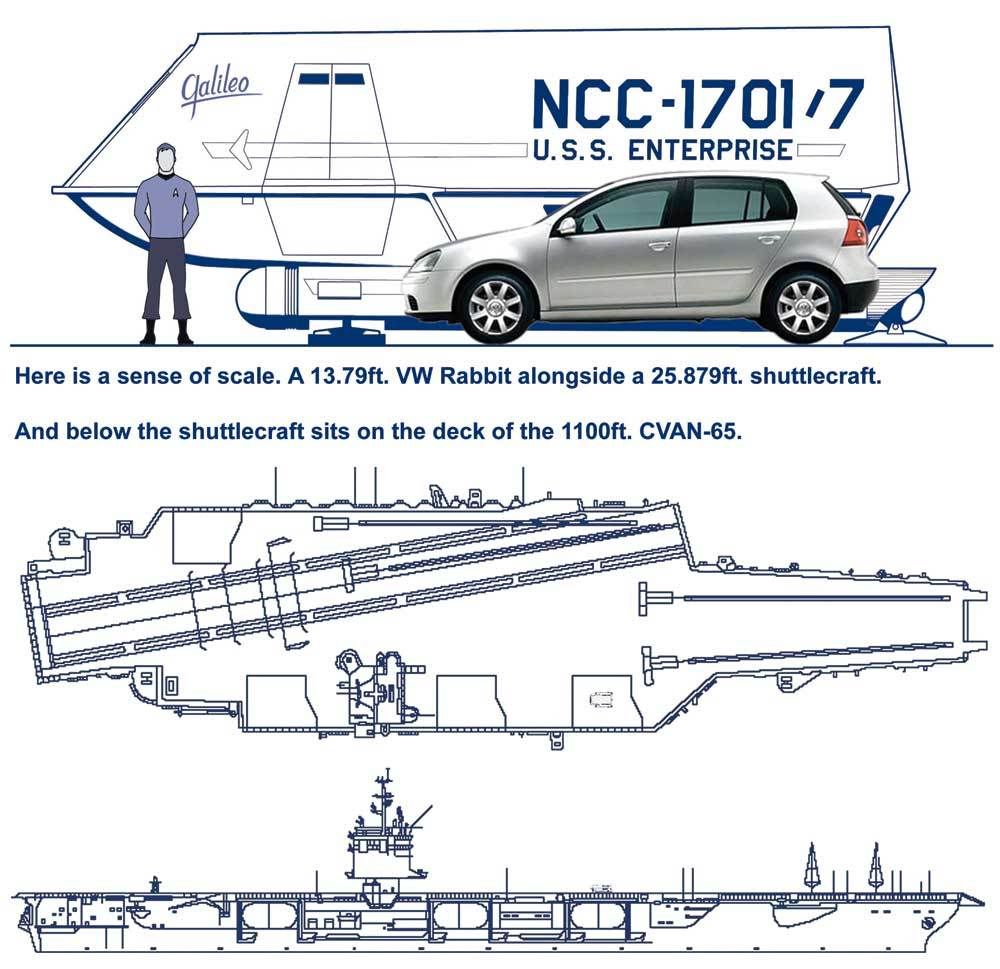Re: My TOS shuttelcraft (continued)...
The annotations will be regarding capabilities and construction.
My general idea is that the inner hull is composed of thin multiple layers. The innermost layer is the one we see inside, preformed molds of advanced polycarbonate or plastisteel (sounds more TOS). The next layer outward is thermal insulation. Then comes a semi fluid hull sealant that flows into a breach upon reacting to sudden changes in atmospheric pressure and then solidifies as a temporary plug. Finally is another layer of plastisteel. The spaceframe and outer hull are made of duranium alloys, of course.
Coming accross this image in the Randy Cooper's shuttlecraft thread on the Hobbytalk boards has given me cause to consider tinkering with the detailing on the underside of my shuttlecraft drawings. It could give me a smidgen more room under the floor for mechanical bits.
The annotations will be regarding capabilities and construction.
My general idea is that the inner hull is composed of thin multiple layers. The innermost layer is the one we see inside, preformed molds of advanced polycarbonate or plastisteel (sounds more TOS). The next layer outward is thermal insulation. Then comes a semi fluid hull sealant that flows into a breach upon reacting to sudden changes in atmospheric pressure and then solidifies as a temporary plug. Finally is another layer of plastisteel. The spaceframe and outer hull are made of duranium alloys, of course.
Coming accross this image in the Randy Cooper's shuttlecraft thread on the Hobbytalk boards has given me cause to consider tinkering with the detailing on the underside of my shuttlecraft drawings. It could give me a smidgen more room under the floor for mechanical bits.
Last edited:





 consider it a compliment. It was late when I posted and I guess I was half asleep?
consider it a compliment. It was late when I posted and I guess I was half asleep? 